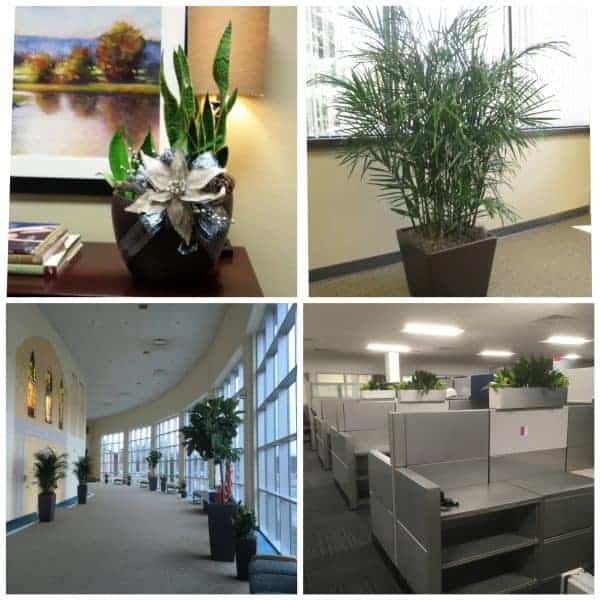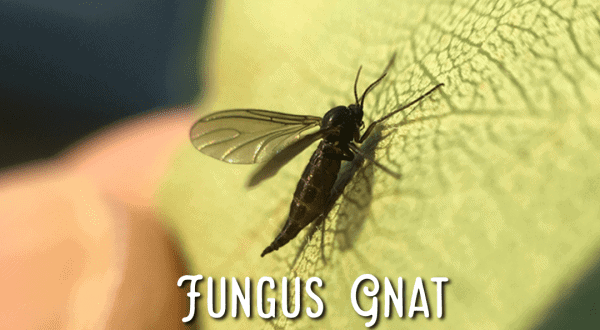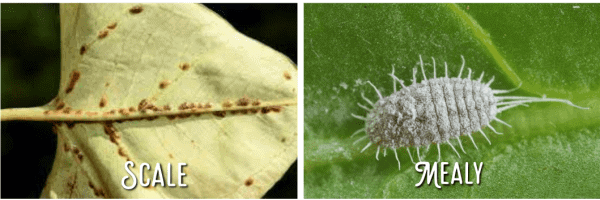

Enticing Staff Back to the Workplace
Our primary product and service package is beautiful tropical plants and the care that keeps them healthy and happy over time. I really enjoy the process of helping clients choose their plants and decorative containers. I recently attended a virtual meeting with professionals in office design, facilities services, and facilities management positions. The Building Owners and Managers Association (BOMA) has been a great professional growth opportunity for me, and a strong source of new product information and technology and management trends.
The meeting speaker who studies trends in the office environment. Tracy Brower, is a Vice President of Workplace Insights Applied Research and Consulting for Steelcase. She shared a lot of interesting data about how employees are feeling about returning to work in hybrid models, returning completely and remaining remote. Many businesses are using a three day in office, two-day remote model, though some are still remote, and some are fully back in person except for illness or quarantine.
It was interesting to hear how employees viewed the return and having to again adapt their work life. Many really crave personal spaces, predictable workspace and bright, natural light with green plants and casual meeting areas. Every room image in her presentation showed green plants in the office areas. As I listened and saw the images, I realized that our product is one of the effective enticements that can help make employees ready to return to the office. Call Carol or Kathy for more information on ways to welcome your workforce back into the collaborative office environment.


With so many new indoor plant enthusiasts building their own collections, it is important to address a common unwanted addition that sometimes comes home with new plants -bugs! Insects are easily brought home with new acquisitions. Always separate a new plant from the rest of your collection, at least across the room from other plants, if not in a separate room, for the first two weeks. This allows you time to observe the new plant daily. Look closely for sap, bumps, pits, white fluff, cast-off dried skins, or actual insects crawling across soil or flying when disturbed. The most common pests seen on indoor plants include spider mites, scale, mealy bug, aphids and fungus gnats. The problem that generates the most calls for help from individuals is fungus gnat infestation.
To verify you have fungus gnats…

Climate change is a global phenomenon that has impacted everything from our regional weather to our backyard habitats. We are seeing temperature increases, shifting precipitation patterns, and rapid changes in growing seasons. Invasive, non-native plants, animals, and insect ranges are expanding, making them more apt to out-compete native species.
There are actions every gardener can take to make their gardens and green spaces more resilient against climate change. We can be an important part of the solution and help stabilize the climate.
Add Native Plant Diversity. Native plants help maintain important connections between pollinators, breeding birds, insects and other wildlife. Native plants generally require less water and fertilizer, and are more resilient when it comes to facing new pests and disease pressure. Planting a diverse palette of plants supports more pollinators and wildlife.
Remove Any Invasive Plants. Eliminate invasives from your garden, such as Garlic Mustard, Purple Loostrife, Giant Knotweed, Asiatic Sand Sedge, and Autumn Olive. Identifying, controlling, and removing them requires a plan of action. Consider how, and when to remove them, as well as a disposal method.
Some plants such as Giant Knotweed and Garlic Mustard will easily resprout and spread further, if pieces of root are left behind in the soil. Properly dispose of invasive species by composting, bagging and removing waste to a landfill or burning in a designated area. It is important that invasive plants are correctly identified to plan the best way to manage them.
Plant More Trees…


Though fungus gnats are the most common insect to cause concerns and complaint calls in interior settings, mealy bugs and scales are the most common cause of people abandoning plants to the compost heap. Mealy bugs are typically of the citrus or longtail varieties, and there are root mealybugs as well. Most common on indoor tropical foliage, mealybugs hide in nodes, leaf crotches and the undersides of leaves. Mealybugs are actually pink, but typically are coated in a white waxy covering. Eggs are laid in white fluffy sacks and can develop from egg to adult in 60 days. Always inspect any plant before purchase and isolate new purchases for two weeks of daily observation before integrating new plants into your collection. If you see a little white fluff or a small pink oval, use rubbing alcohol on a bit of cotton ball to completely remove. Carefully check every surface, including removing the root ball and checking the inside and outside of the grow pot. As with most insects, solving the problem without pesticides requires careful observation from the beginning. Let to reproduce for a few weeks, these insects can cover all your plants before you know it.
Scale come in both soft -shell and hard -shell varieties. These insects rely on their ability to blend in with bark and foliage, as they are nearly transparent when young and slowly harden and darken as they mature. Scrubbing them off carefully, followed by repeated sprays of Castille soap or rubbing alcohol can help fight them off. The soap dries them out, as does the alcohol. Once the shells are mature, you must disturb the edge of each shell for control, otherwise you will just have a clean, wet insect still firmly attached. When these show up on Ficus or other woody stems, pruning the most affected stems out can be very helpful. The life cycle is much longer, development is much slower. The key is seeing them when you have a very few, and attaching the problem vigorously. Continue to examine and treat for at least six months, longer if needed.
Copyright © The Plant Professionals